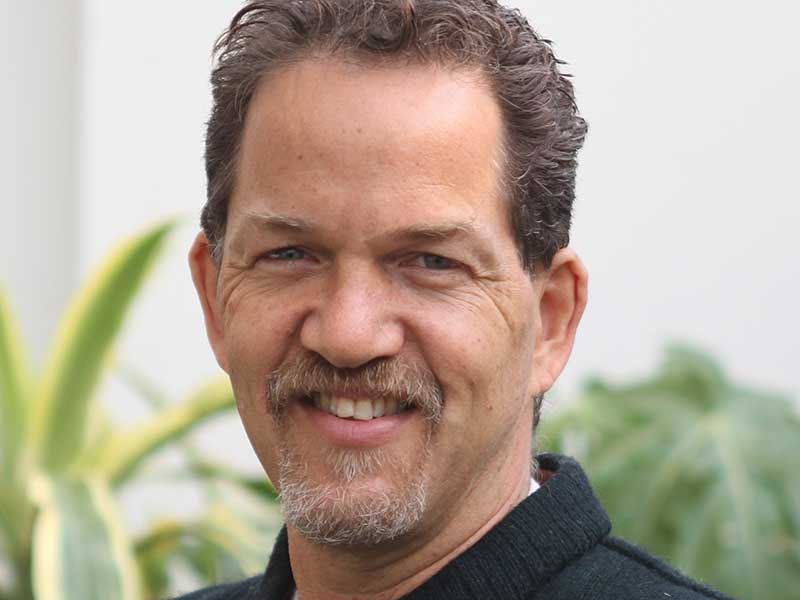
Professor Marc Cohen is Professor of Health Sciences in the School of Health and Biomedical Sciences at RMIT University in Melbourne. He is also a Board Member of the Global Wellness Summit, and Past-President of the Australasian Integrative Medicine Association (AIMA).
Professor Cohen will be speaking at the Global Wellness Summit, which takes place from October 9-11 at the Breakers, Palm Beach, Florida. And in January of 2018, he and Wim “The Iceman” Hof (famous for his ability to withstand extreme cold) will attempt to climb Mt. Kilimanjaro in world-record time with Cohen’s two sons, age 14 and 16.
We spoke to Marc Cohen about the role of wellness in spas, the need for peer-reviewed wellness research, and the trends he believes are currently shaping the spa and wellness industries.
How did you get involved in spa and wellness?
I was interested in how I could help people, particularly myself, become really well. I studied Western medicine, then Chinese medicine, physiology, and psychology. Then I studied biomedical engineering, nutrition, yoga, and lifestyle change, all with a view of learning how to be as happy and healthy as possible. I spent 20 years getting university degrees. For the last 20 years I’ve been working as an academic.
What trends are you keeping your eye on in the spa and wellness world?
The trend I’m doing a lot of research with at the moment is the move away from just seeking out comfort — you know, going on a holiday just sitting by the pool and drinking cocktails. It’s the trend to push the limits of human performance and to find comfort in uncomfortable situations, where you’ll see extreme sports, triathlons, and Tough Mudder events. Wim Hof, who I’m working with at the moment, promotes breathing exercises to cold exposure in an ice bath.
There’s an old tradition of that — in Scandinavian, Russian, Japanese culture — of going from the sauna to an ice bath or frozen river, putting your body through extremes of temperature. Having your body adapt to those extremes can make you more resilient the rest of the time. I see that as a strong trend within spas.
The idea is also there in yoga, where you go to the edge of your limit of stretch, and it’s not comfortable, but you stay in that position and you breathe and relax and become comfortable with that discomfort. Or, if you’re having a deep tissue massage, you’re pressing to a point until it hurts, and you just breathe and find comfort with that pain.
It’s finding that limit of your endurance and realizing that if you can be comfortable with your discomfort, you’re going to be stronger because of it, and more fulfilled and healthier, and be able to enjoy the rest of your life at a greater level because you’ve trained yourself to be comfortable in these uncomfortable situations.
What could the spa and wellness industry improve upon?
The health retreat and spa industries don’t have a lot of data from controlled trials and peer reviewed research. In most countries, health retreat experiences are not tax deductible, they’re not subsidized by health insurance or the government. People pay out of their pocket and don’t get referrals from doctors. They’re seen as an indulgence rather than as an essential health treatment.
I would like to see that change. I’m interested in bridging that gap between the wellness world, the spa world, and the medical world. And the way to do that is with data, with scientific research, and with evidence. So that’s what I’m seeking to establish.
What are you excited about?
I’m super excited about the Kilimanjaro climb. I’m doing training at the moment. I’ve just spent the morning in my swimming pool at 10 degrees, exposed myself to cold and doing breathing practices.
And in citizen science, I’m excited about the potential for people to use the super computers we’re all carrying around in our pockets to collect high-level biometric data that can then be used for research. Our smartphones and wearable devices, they’re now dirt cheap and the sophistication is increasing at an incredible rate.
When I was working as a doctor, the cardiac and oxygen monitoring equipment in the coronary care unit cost tens of thousands of dollars and it was very restricted. Now you can get all that monitoring in essentially a throw away consumer device that’s under $100, and the amount of data you can collect is incredible.
I’m looking to tap into that resource, to use the powers of smartphones and wearable devices to explore people’s lifestyles even further.
Spa Executive magazine is published by Book4Time, the world’s most innovative spa, salon, wellness, and activity management software. Learn more at Book4Time.com



